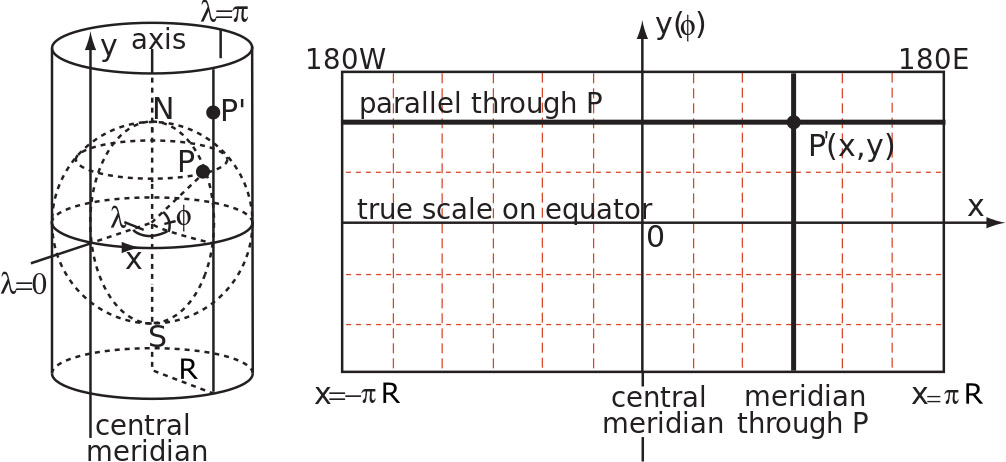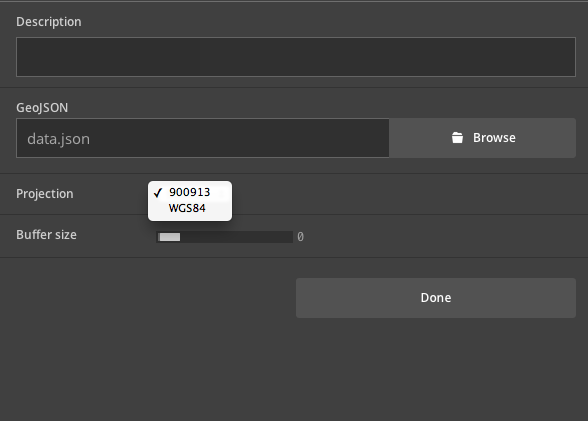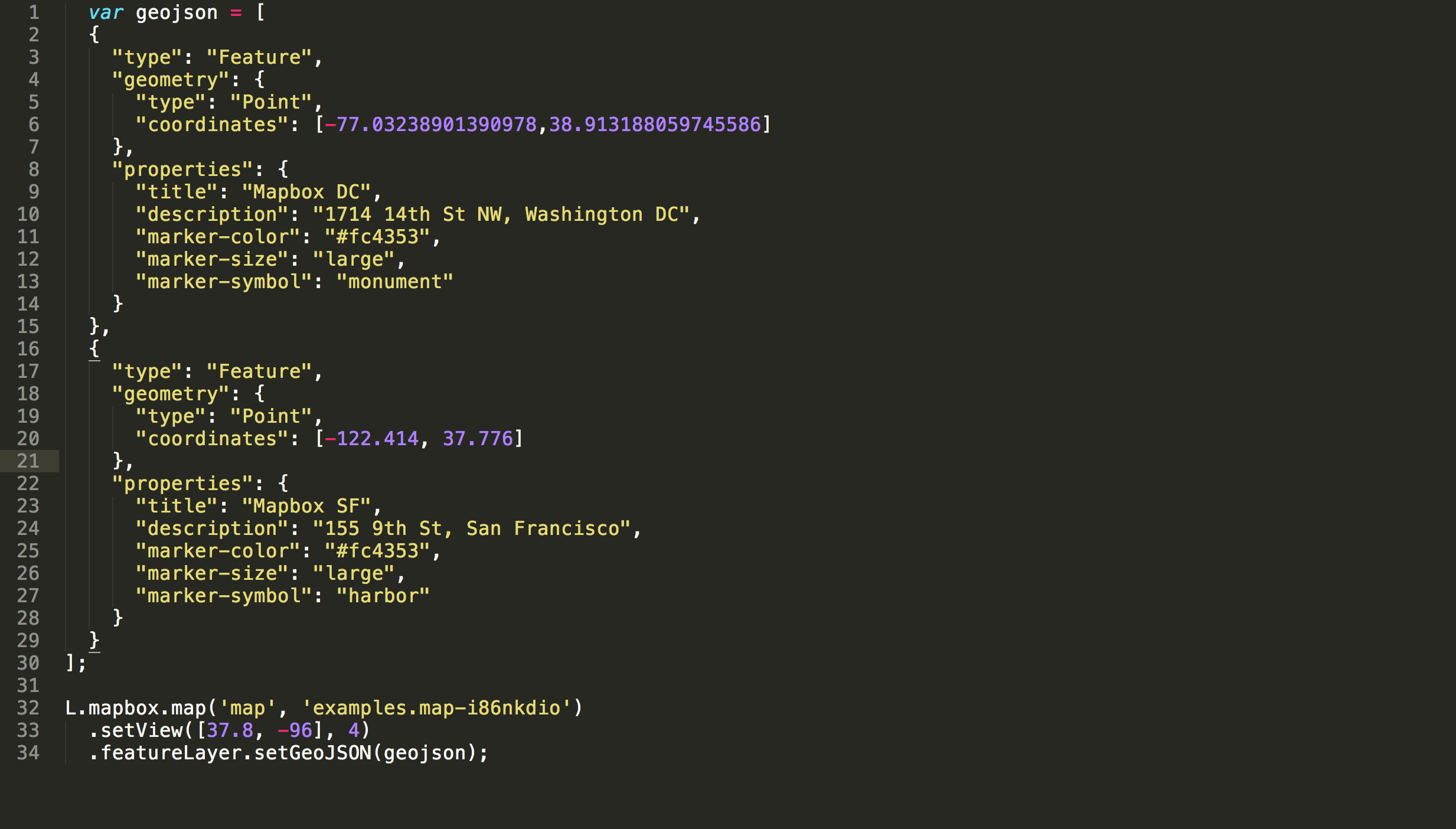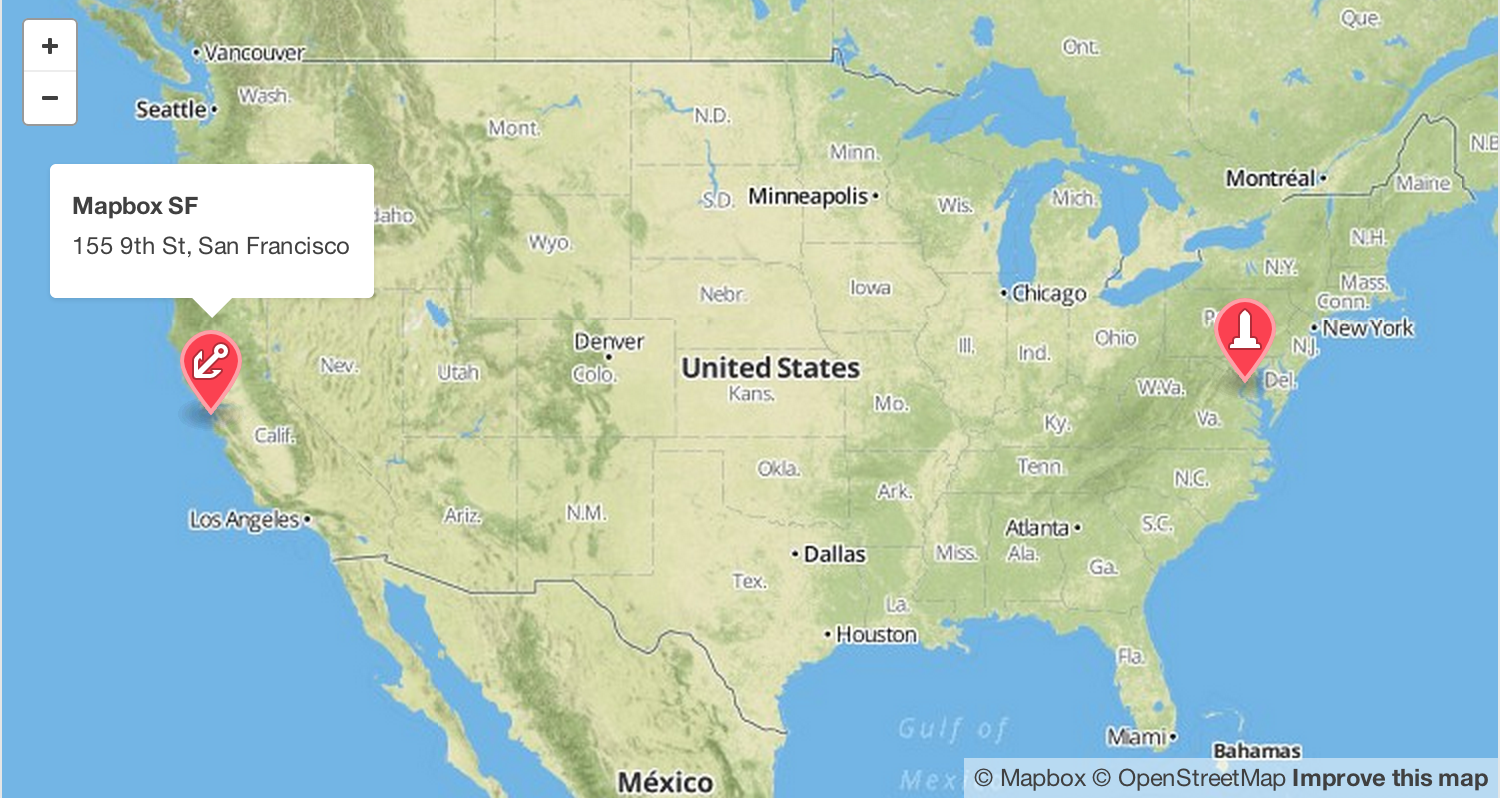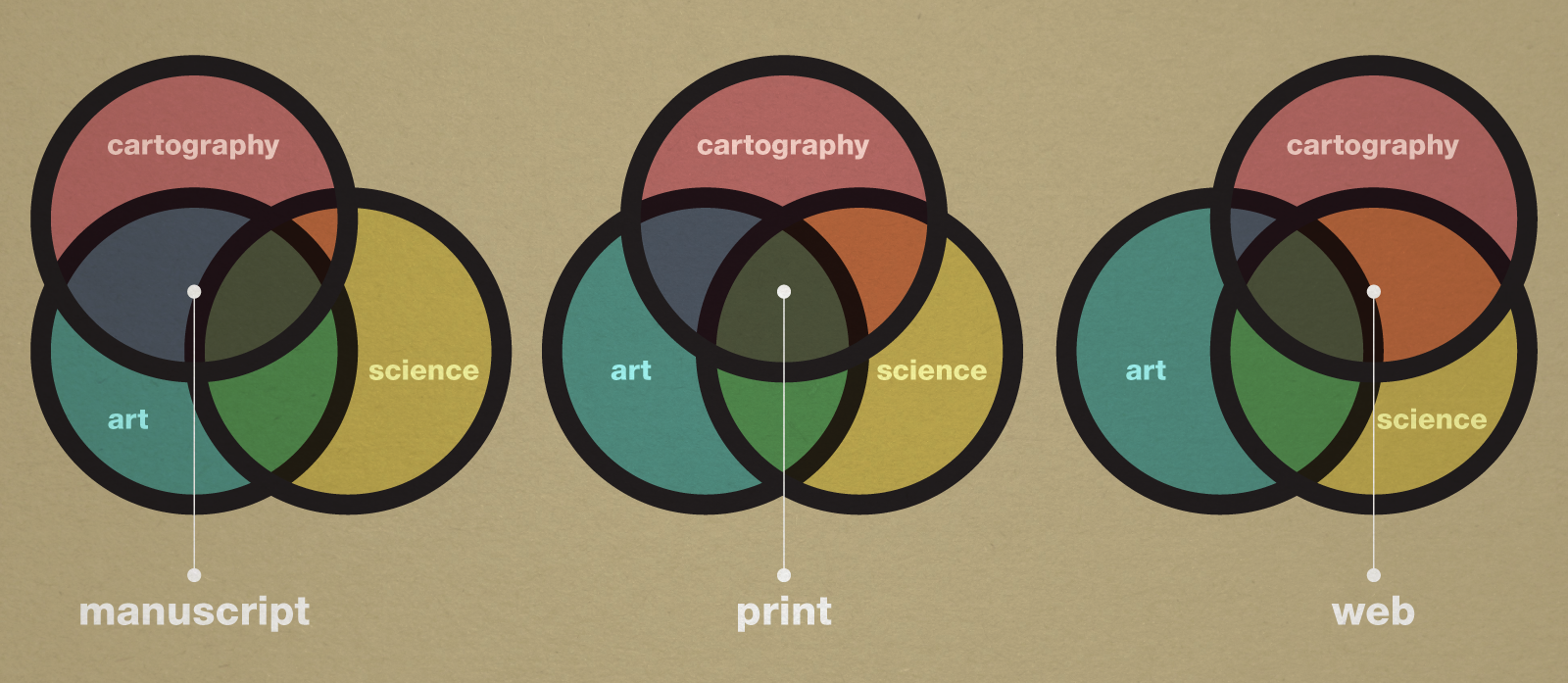I am Camille.
@fulgenteft
These slides are here: camilleanne.github.io/intro_to_neogeography
Geography for Web Maps
The Good, The Bad, and the Stuff You Can Forget
aka,
Intro to Neogeography
I make stuff at @mapbox
We make software and tools for people to make beautiful custom maps for web + mobile
I teach people about maps @maptimesf
github.com/maptime + maptime.io

why?
Representation is important
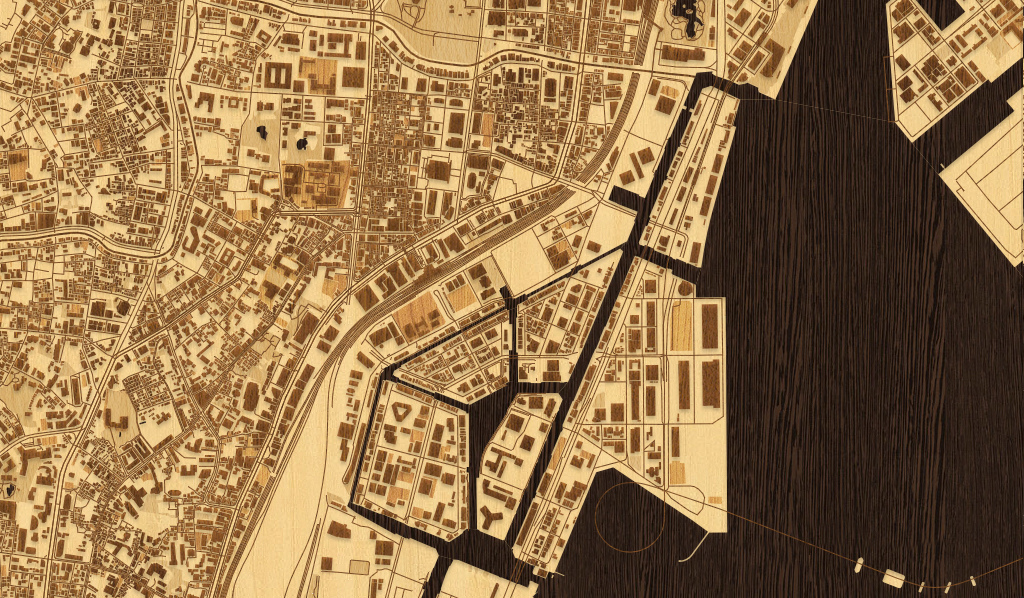
Aesthetics
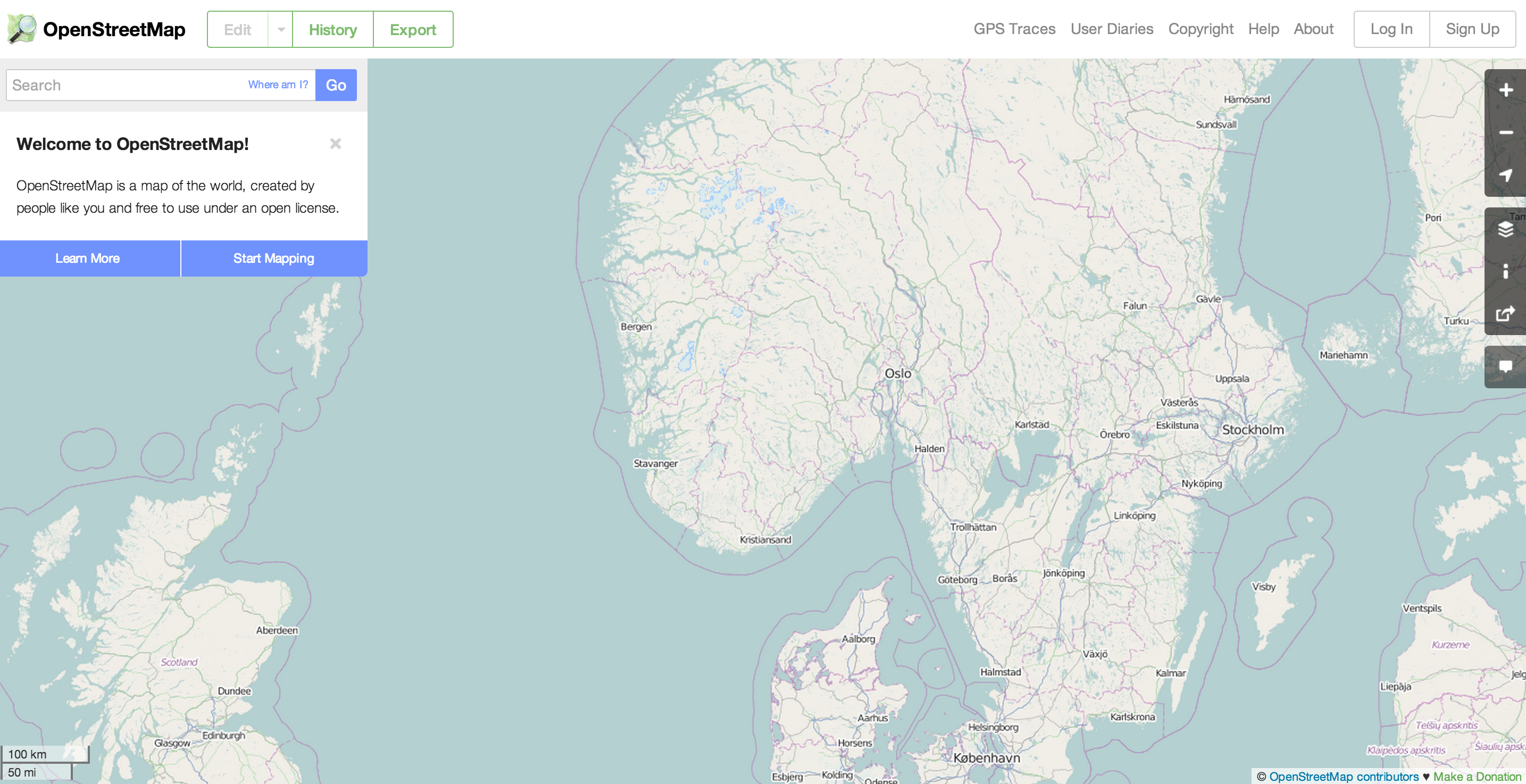 Open Street Map
Open Street MapI am going to teach you all how to be neogeographers
- geodata
- what to do with the data
- tools!
What is a web map?
It's a map in the browser
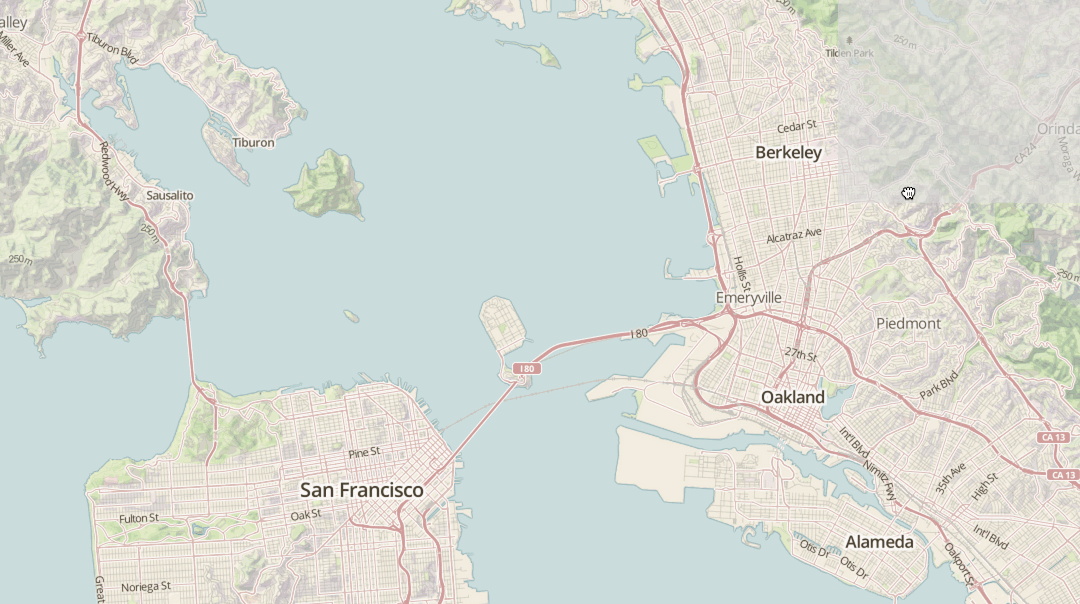
slippy map
 base layer
base layer +
data/content/feature layers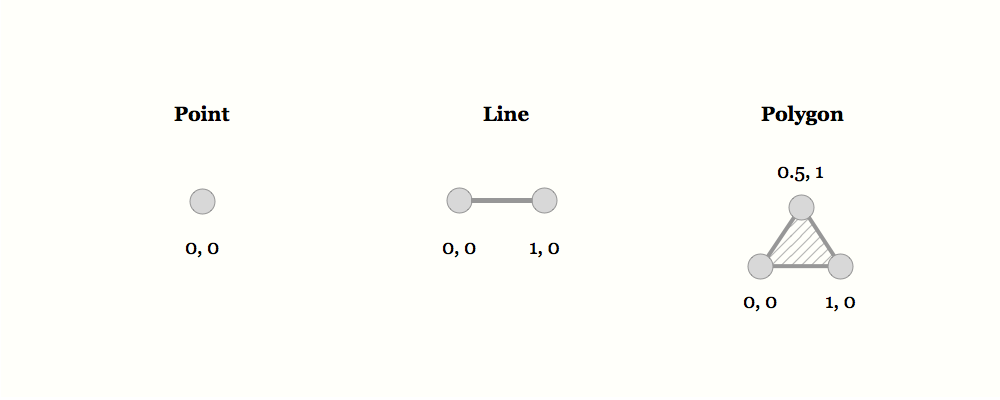
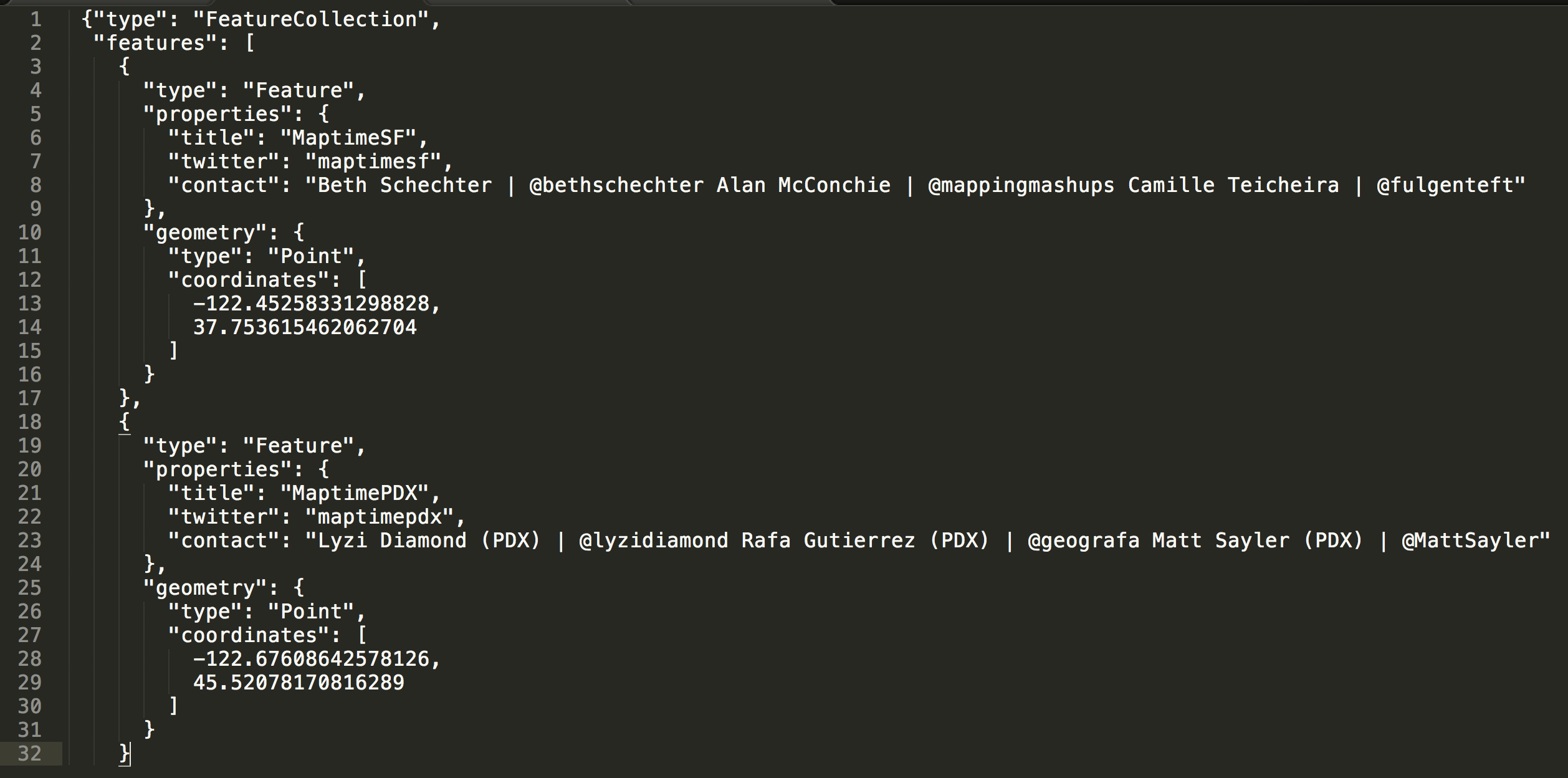
{ 'type': 'Feature', 'properties': { 'SCALERANK': 2, 'NATSCALE': 200, 'LABELRANK': 7, 'FEATURECLA': 'Admin-0 capital', 'NAME': 'Oslo', 'NAMEPAR': null, 'NAMEALT': null, 'DIFFASCII': 0, 'NAMEASCII': 'Oslo', 'ADM0CAP': 1.000000, 'CAPALT': 0.000000, 'CAPIN': null, 'WORLDCITY': 1.000000, 'MEGACITY': 1, 'SOV0NAME': 'Kingdom of Norway', 'SOV_A3': 'NOR', 'ADM0NAME': 'Norway', 'ADM0_A3': 'NOR', 'ADM1NAME': 'Oslo', 'ISO_A2': 'NO', 'NOTE': null, 'LATITUDE': 59.916690, 'LONGITUDE': 10.749979, 'CHANGED': 4.000000, 'NAMEDIFF': 0, 'DIFFNOTE': 'Changed scale rank.', 'POP_MAX': 835000, 'POP_MIN': 580000, 'POP_OTHER': 701804, 'RANK_MAX': 11, 'RANK_MIN': 11, 'GEONAMEID': 3143244.000000, 'MEGANAME': 'Oslo', 'LS_NAME': 'Oslo', 'LS_MATCH': 1, 'CHECKME': 0, 'MAX_POP10': 731563.000000, 'MAX_POP20': 731563.000000, 'MAX_POP50': 762374.000000, 'MAX_POP300': 762374.000000, 'MAX_POP310': 0.000000, 'MAX_NATSCA': 100.000000, 'MIN_AREAKM': 329.000000, 'MAX_AREAKM': 362.000000, 'MIN_AREAMI': 127.000000, 'MAX_AREAMI': 140.000000, 'MIN_PERKM': 340.000000, 'MAX_PERKM': 390.000000, 'MIN_PERMI': 211.000000, 'MAX_PERMI': 243.000000, 'MIN_BBXMIN': 10.333333, 'MAX_BBXMIN': 10.440355, 'MIN_BBXMAX': 11.091667, 'MAX_BBXMAX': 11.091667, 'MIN_BBYMIN': 59.708333, 'MAX_BBYMIN': 59.708333, 'MIN_BBYMAX': 60.066667, 'MAX_BBYMAX': 60.066667, 'MEAN_BBXC': 10.756508, 'MEAN_BBYC': 59.906118, 'COMPARE': 0, 'GN_ASCII': 'Oslo', 'FEATURE_CL': 'P', 'FEATURE_CO': 'PPLC', 'ADMIN1_COD': 12.000000, 'GN_POP': 580000.000000, 'ELEVATION': 0.000000, 'GTOPO30': 11.000000, 'TIMEZONE': 'Europe\/Oslo', 'GEONAMESNO': 'GeoNames match general.', 'UN_FID': 397, 'UN_ADM0': 'Norway', 'UN_LAT': 59.930000, 'UN_LONG': 10.710000, 'POP1950': 468.000000, 'POP1955': 533.000000, 'POP1960': 578.000000, 'POP1965': 610.000000, 'POP1970': 643.000000, 'POP1975': 644.000000, 'POP1980': 643.000000, 'POP1985': 662.000000, 'POP1990': 684.000000, 'POP1995': 729.000000, 'POP2000': 774.000000, 'POP2005': 816.000000, 'POP2010': 835.000000, 'POP2015': 858.000000, 'POP2020': 885.000000, 'POP2025': 909.000000, 'POP2050': 936.000000, 'CITYALT': null }, 'geometry': { 'type': 'Point', 'coordinates': [ 10.748033347372314, 59.918636145001869 ] } }
regardless of what format your data is, it's just arrays of (lat,lon) or (lon,lat) coordinates
Thankfully, we've done away with degrees and points in web mapping
38° 12'
for 38.2
[ -122.7324524, 37.9023387 ], [ -122.7324012, 37.9022282 ], [ -122.7323451, 37.9021191 ], [ -122.7322844, 37.9020117 ], [ -122.732219, 37.9019059 ], [ -122.732149, 37.9018021 ], [ -122.7320746, 37.9017002 ], [ -122.7312819, 37.9006205 ], [ -122.731242, 37.9005806 ], [ -122.7312004, 37.9005417 ], [ -122.7311572, 37.900504 ], [ -122.7311124, 37.9004675 ], [ -122.731066, 37.9004322 ], [ -122.7310181, 37.9003982 ], [ -122.7309688, 37.9003655 ], [ -122.7309181, 37.9003341 ], [ -122.7308661, 37.9003042 ], [ -122.7308128, 37.9002756 ], [ -122.7307584, 37.9002484 ], [ -122.7307028, 37.9002229 ], [ -122.7306461, 37.9001988 ], [ -122.7305885, 37.9001763 ], [ -122.7305299, 37.9001553 ], [ -122.7304704, 37.9001359 ], [ -122.7304102, 37.9001181 ], [ -122.7303492, 37.9001019 ], [ -122.7302875, 37.9000875 ], [ -122.7136174, 37.8964147 ], [ -122.7127163, 37.8996543 ], [ -122.7127335, 37.8996637 ], [ -122.7129412, 37.8997974 ], [ -122.7133378, 37.9000575 ], [ -122.7134057, 37.9001333 ], [ -122.712969, 37.9003811 ], [ -122.7039721, 37.9054847 ]
Latitude goes North to South!
it's 90 to 0 to -90
Longitude goes East to West!
it's 180 to 0 to -180
(aka, the long way)
(Lng, Lat) === (x, y)
But coordinate order isn't standardized.
It's terrible
Use geojson
GeoJSON supports the following geometry types:
Point, LineString, Polygon, MultiPoint, MultiLineString, and MultiPolygon.
Lists of geometries are represented by a GeometryCollection.
Geometries with additional properties are Feature objects.
And lists of features are represented by a FeatureCollection.
it's json, but with more stuff, geo stuff.
Or topojson
npm install -g topojson
 topology!
topology!Just use geojson
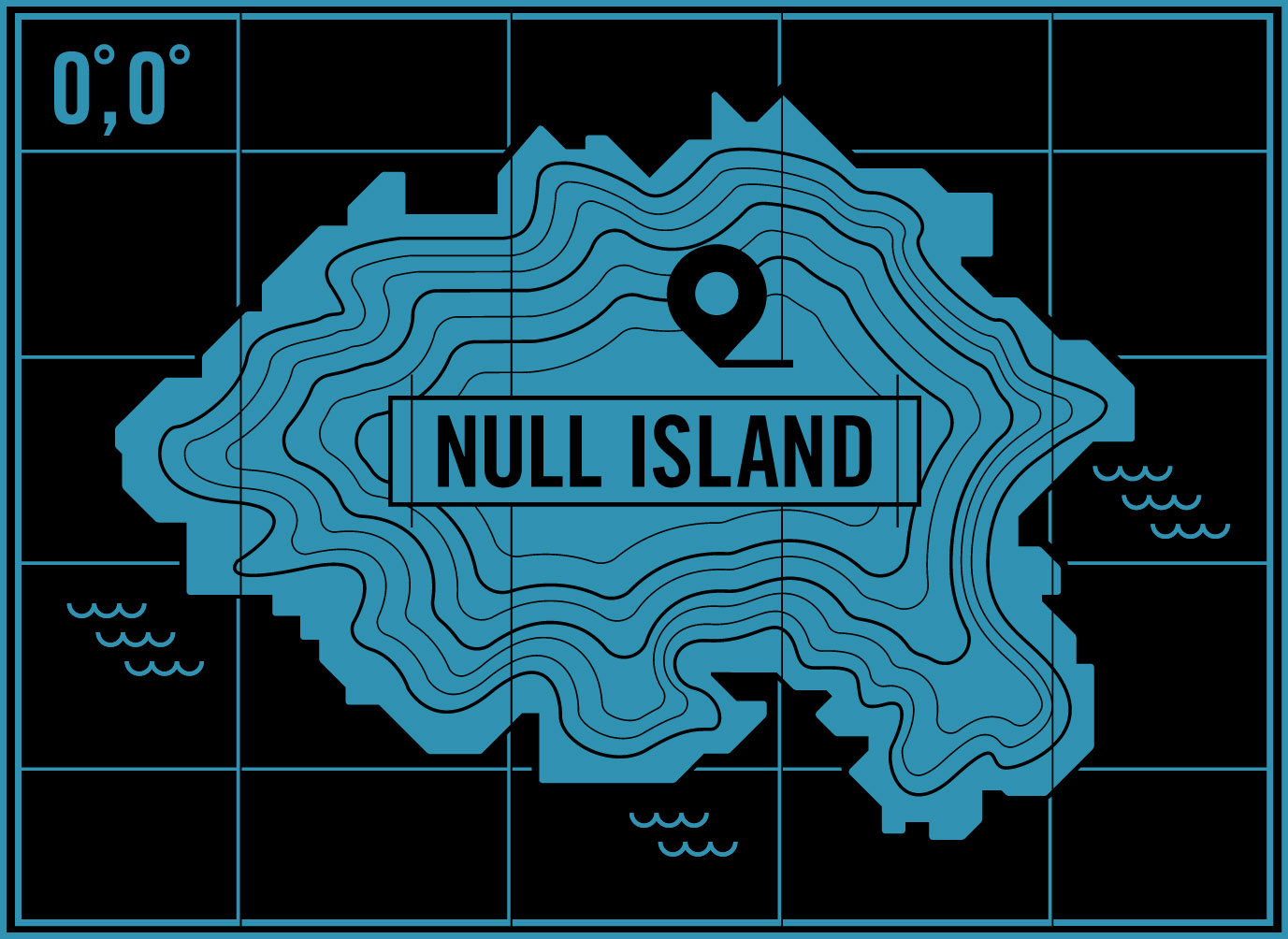
Quick trip to Null Island
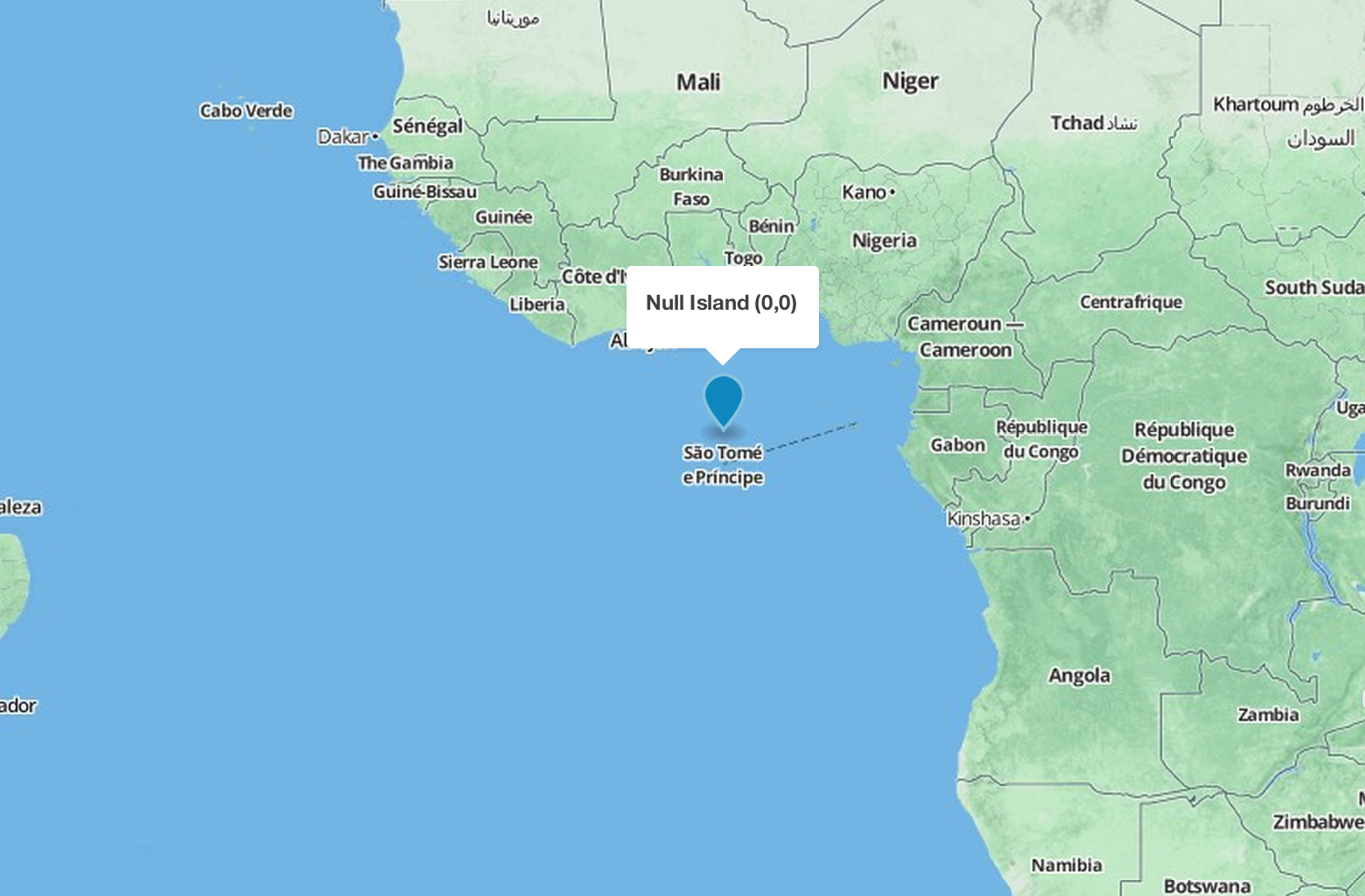
(0, 0)
what do I do with this data?
1: Commit GeoJSON to Github
2: Mapbox.com -> Editor -> Drag and drop GeoJSON
3: Use a mapping library: Leaflet.js or Mapbox.js
but why do I need an editor like tm2?
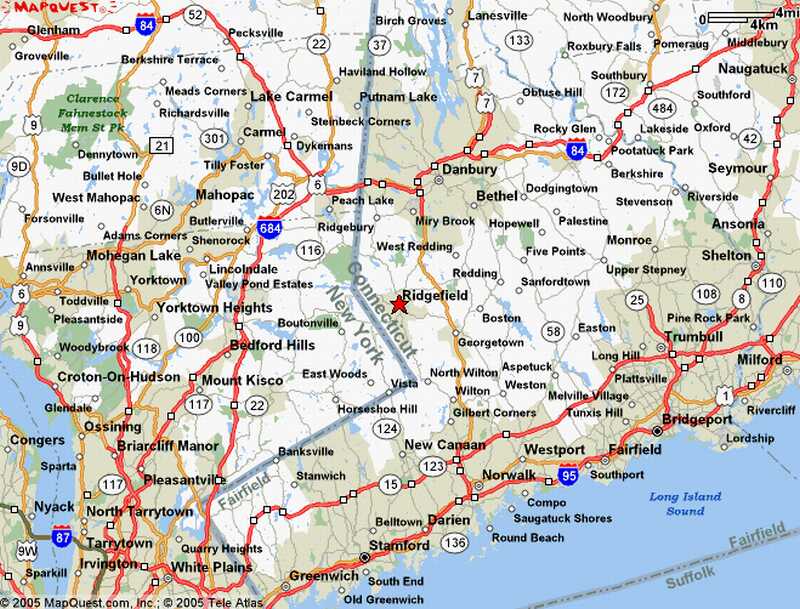 the first web maps were pretty static
the first web maps were pretty static the tile:

a 256 x 256 square of data

can be a raster (typically png) or vector
zoom 0:
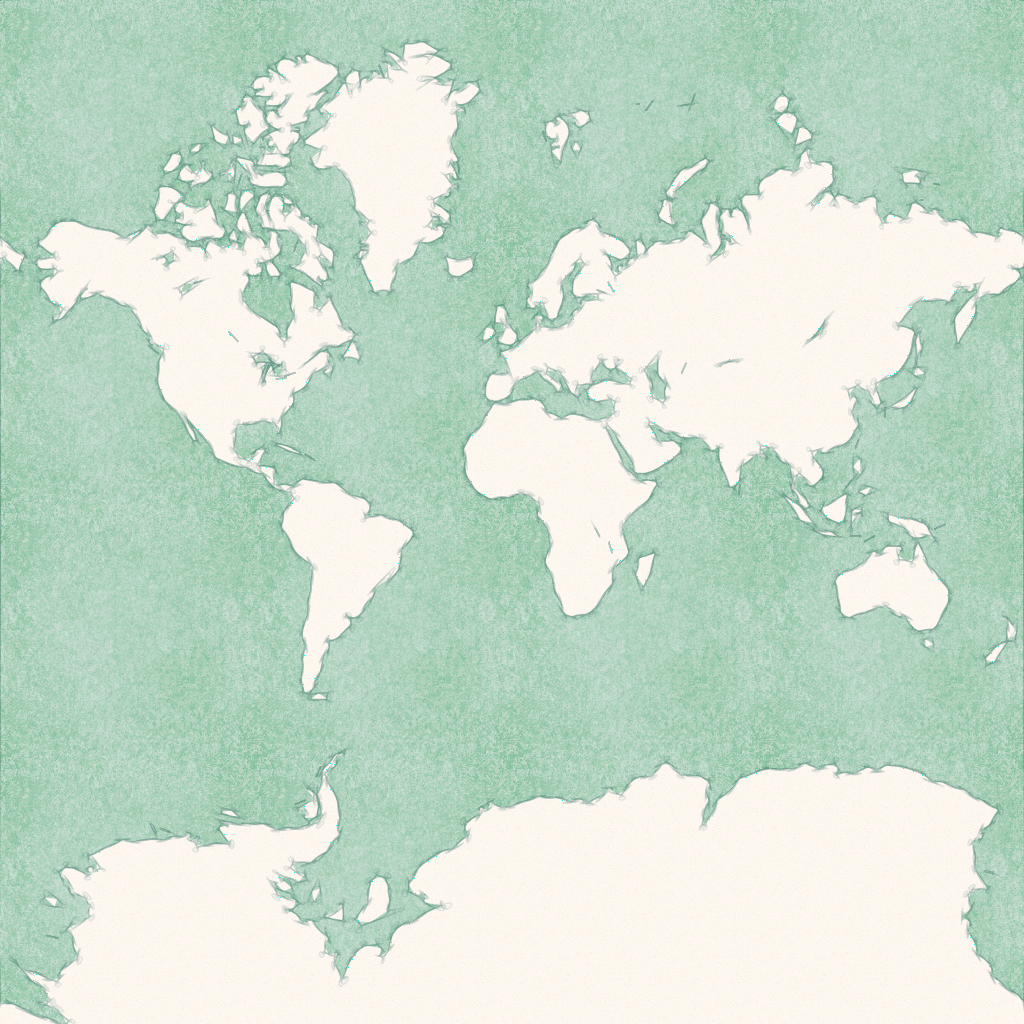
zoom 1:

zoom 2: 16 tiles
zoom 3: 64 tiles
and so on to x^4
zoom 17 === 0.003 degrees
== 1.193 m /pixel === 1:4,000 scale
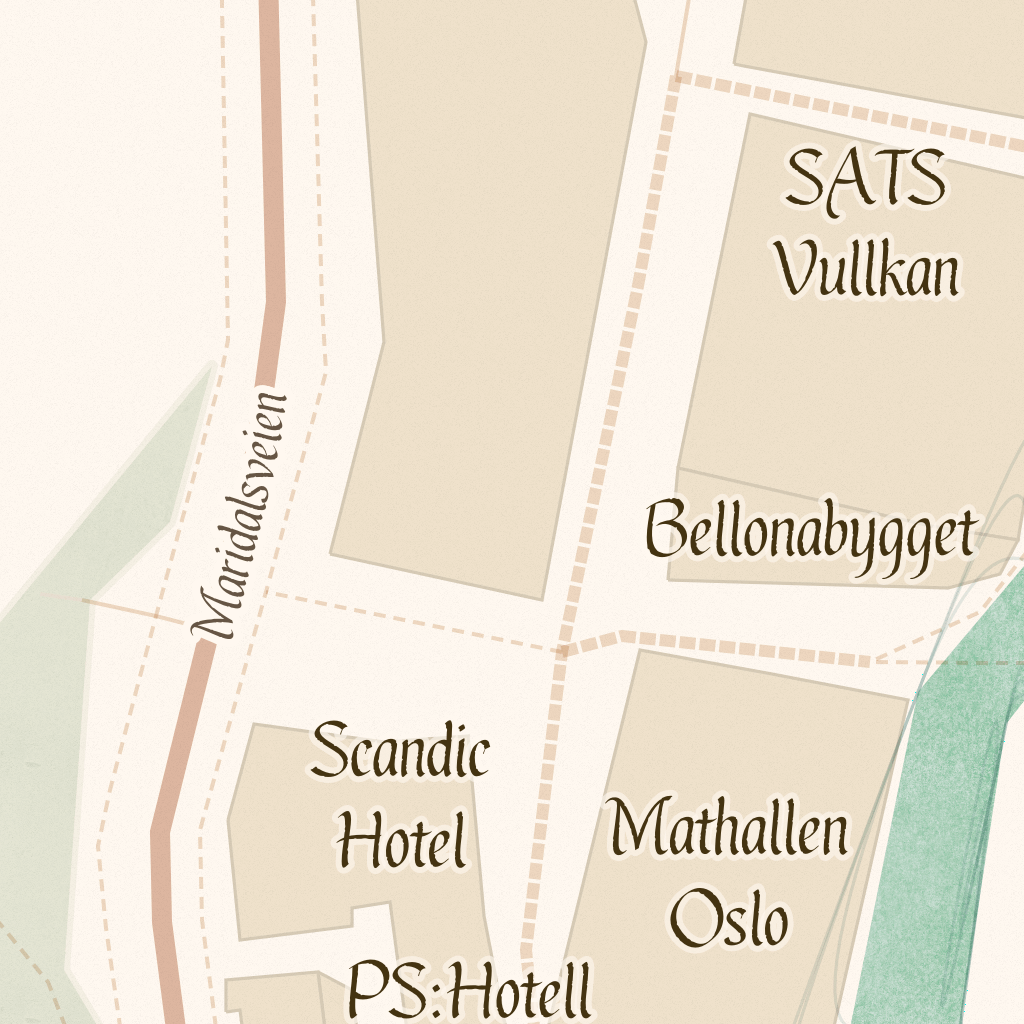
the tile coordinate system: z / x / y
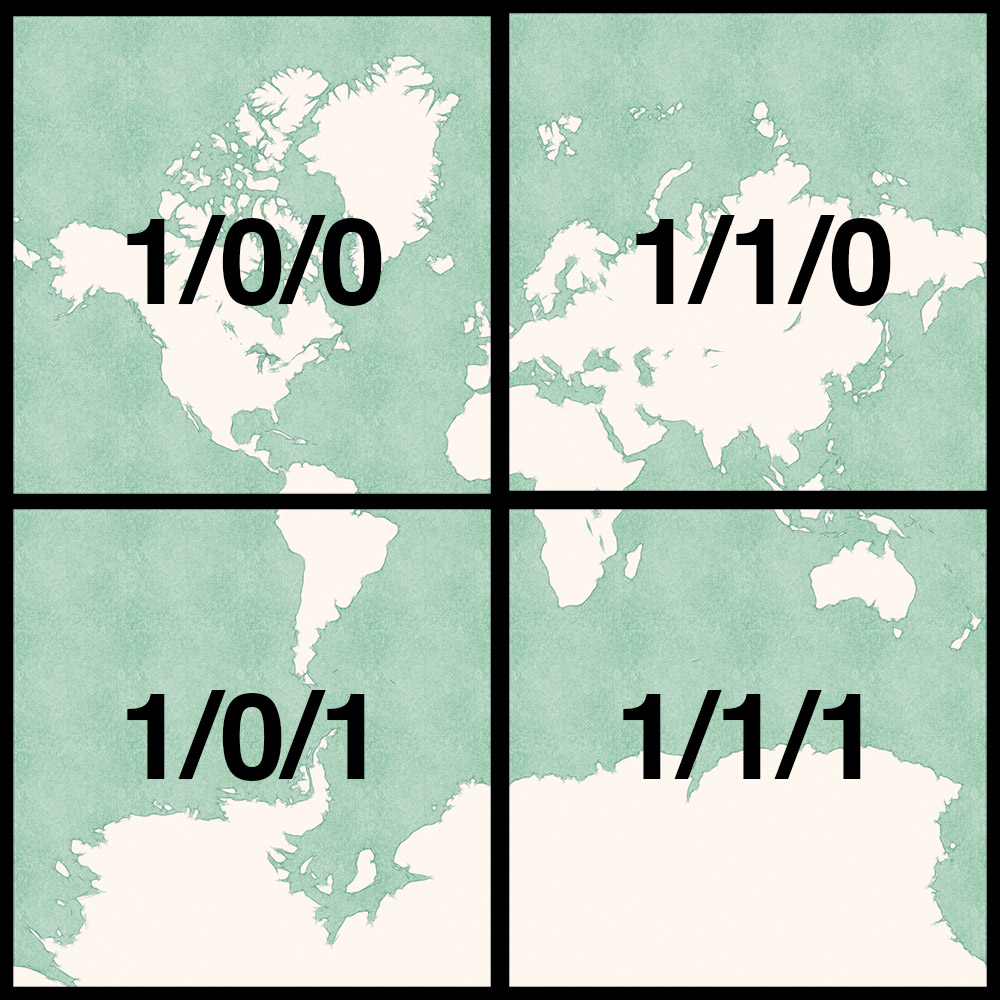
b.tiles.mapbox.com/v3/camilleanne.tm2-basemap/17/69450/38119.png

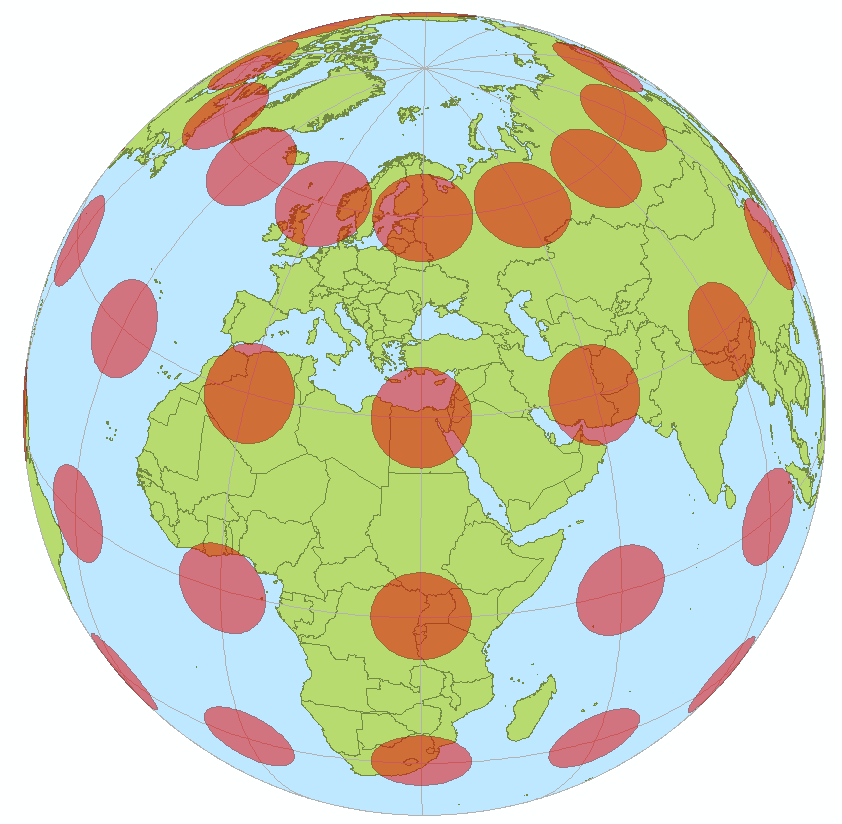 for this party trick of 3D globe --> 2D squares, we need some math
for this party trick of 3D globe --> 2D squares, we need some math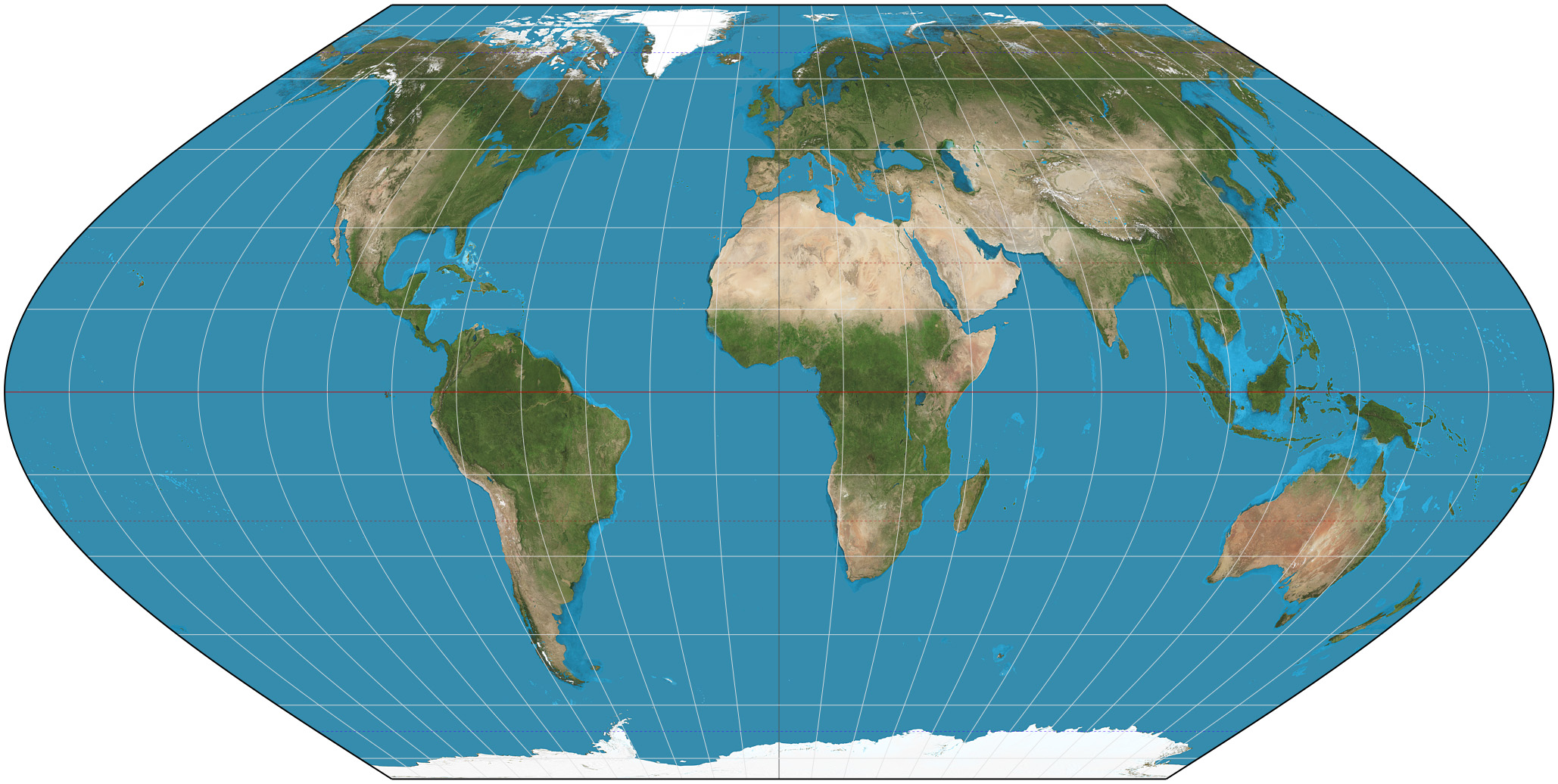
projections!
but don't get too excited, web maps all use the same projection
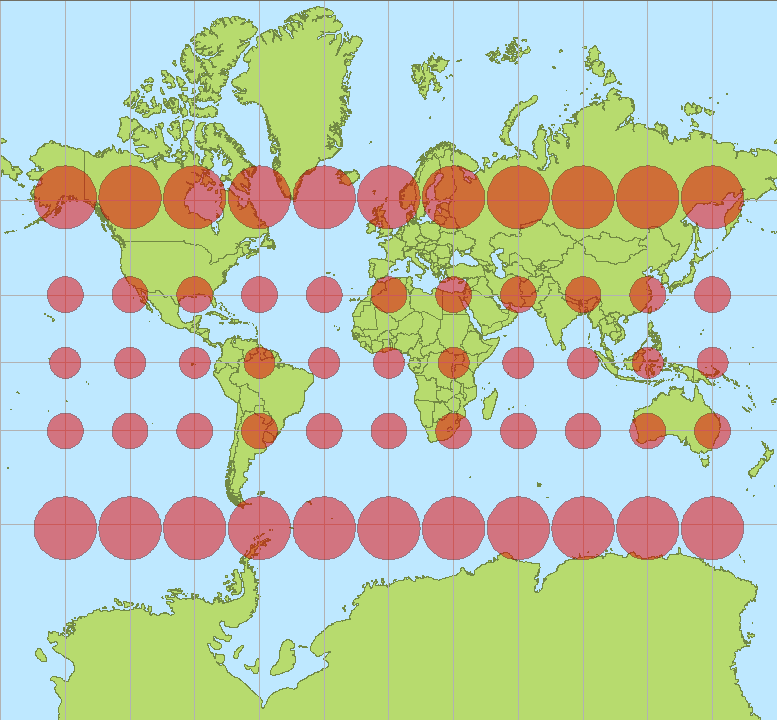
web mercator.
Web Mercator is the mapping of:
- WGS84 datum (i.e. ellipsoidal) latitude / longitude into Easting / Northing using spherical Mercator equations (where R = a)
- EPSG coordinate operation method code 1024 (Popular Visualization Pseudo Mercator, PVPM)
- EPSG CRS code 3857 WGS84/PVPM (CRS code 3785 is deprecated)
You don't need to remember any of that
except maybe ESPG 3875 (aka 900913) + WGS84
but you'll rarely have to use them,
just know they exist and that you want to use ESPG 3875
Side note: there was a protocol WMS that could handle any projection. but it went the way of betamax
Also, a secret, you can make lots of things with tiles
psst-- want to play with projection? go play with d3
here and
hereback to tilemill.
Export your tiles
Mapbox will host them!
... if you must run your own tile server, I won't tell you how, but look at:
- Mapnik (and Node-Mapnik)
- TileCache
Mapnik -- the magic behind the tiles.
painter's algorithm:
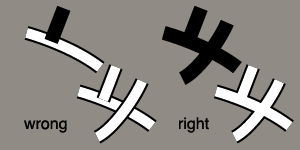
but wait, if it's (x, y), isn't San Francisco at [-122.4376, 37.7577]?
of course, wrangling data is the hardest part
We really want everything to be geojson, right?
got shapefiles?
(e.g. a bucket of .shp, .prj, .shx, .dbf files?)
ogr2ogr has got your back
brew install gdal
ogr2ogr -f geoJSON muchBetter.json disaster.shp
got a bunch of KML or GPX data?
try togeojson
npm install -g togeojson
togeojson something.kml > somethingBetter.geojson
want to convert client side?
leaflet-omnivore
nom nom
var layer = omnivore.gpx('a.gpx').addTo(map);
need more than conversion? need GIS software?
QGIS!



 Aesthetics
Aesthetics

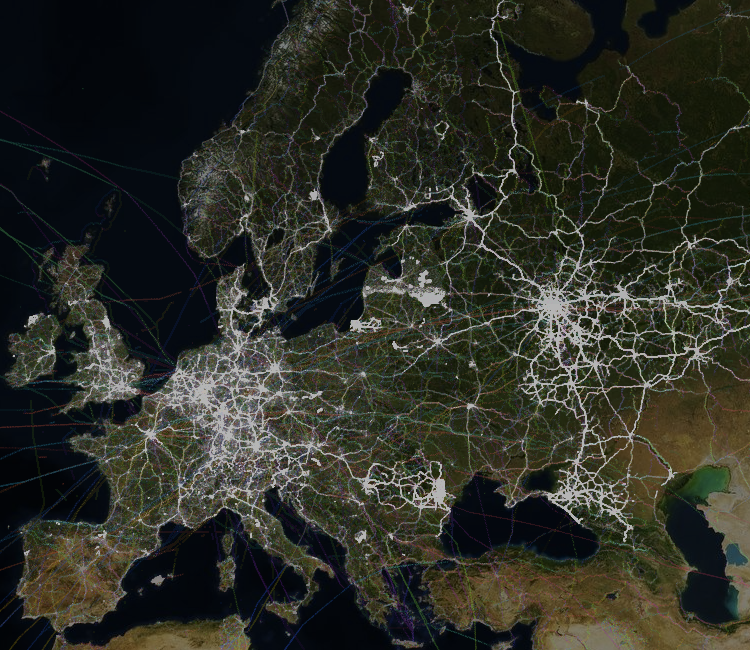
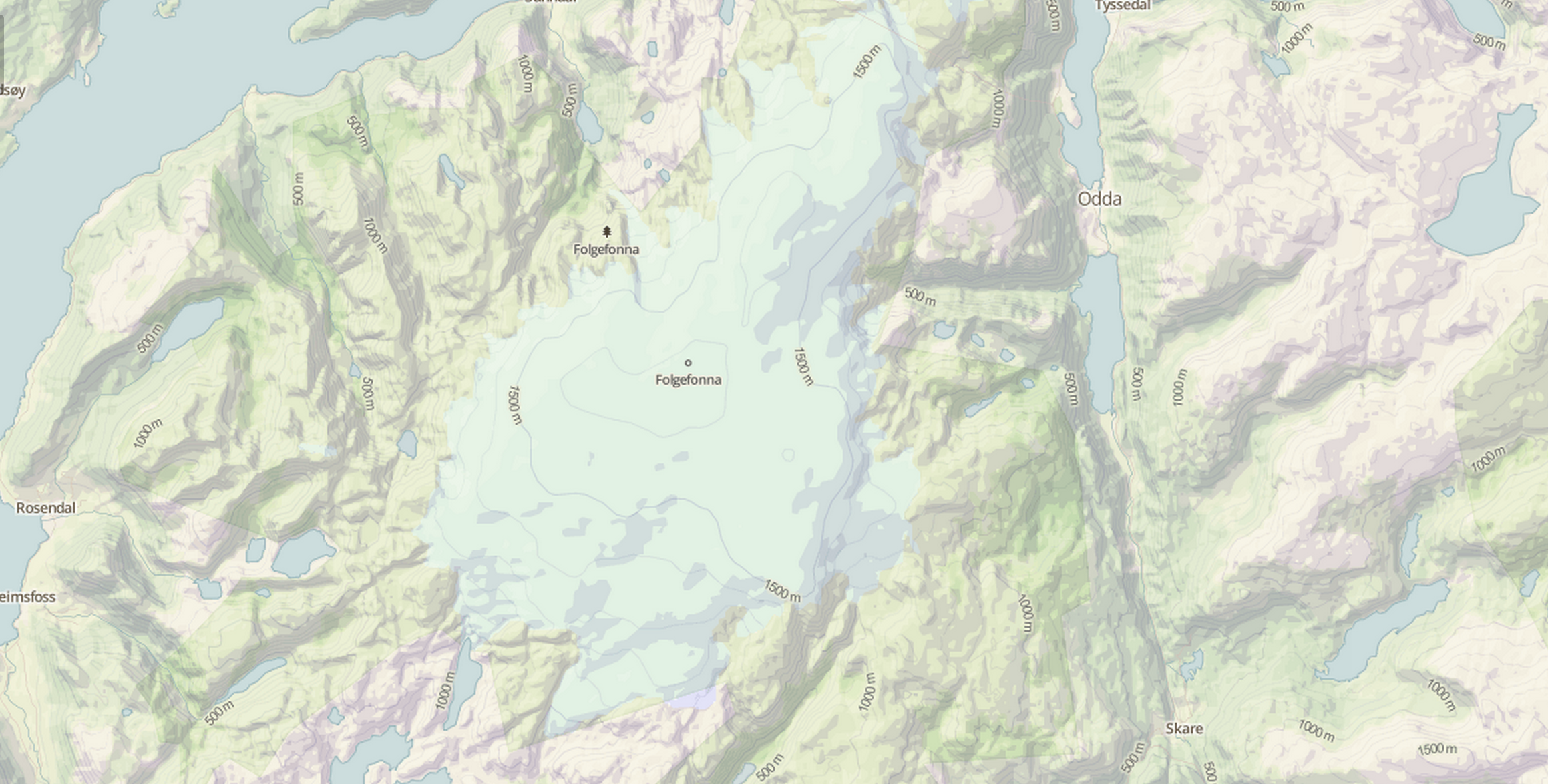
 Open Street Map
Open Street Map
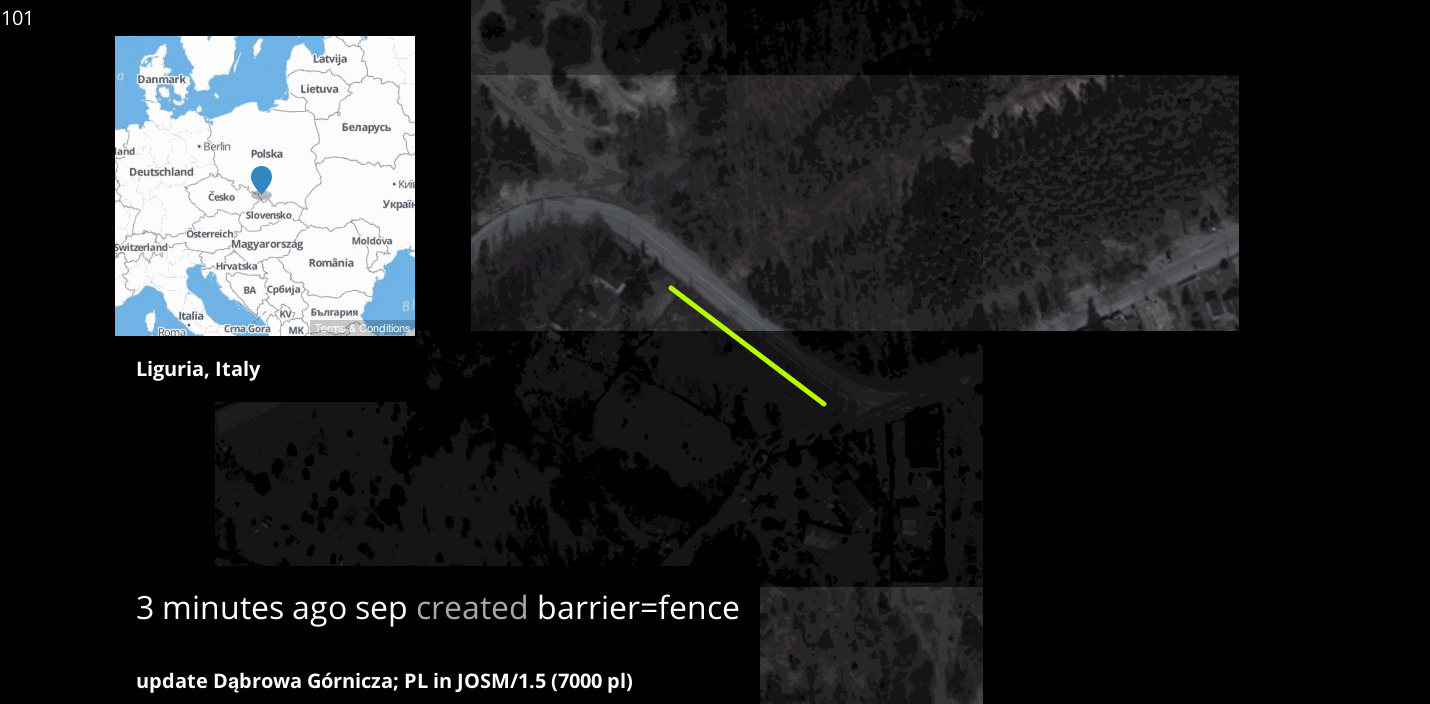
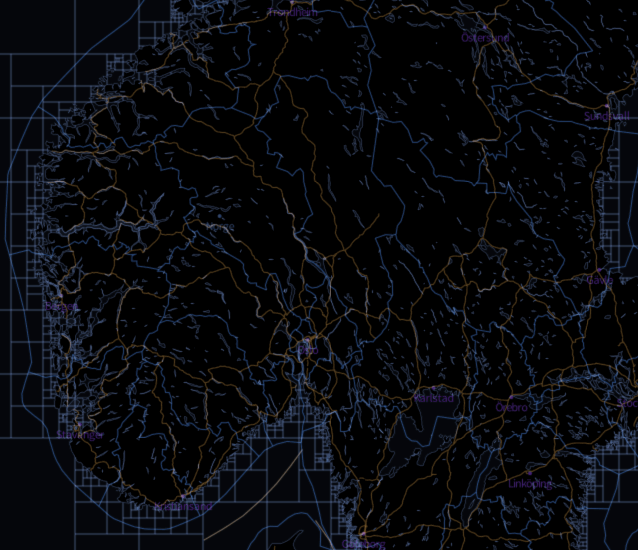
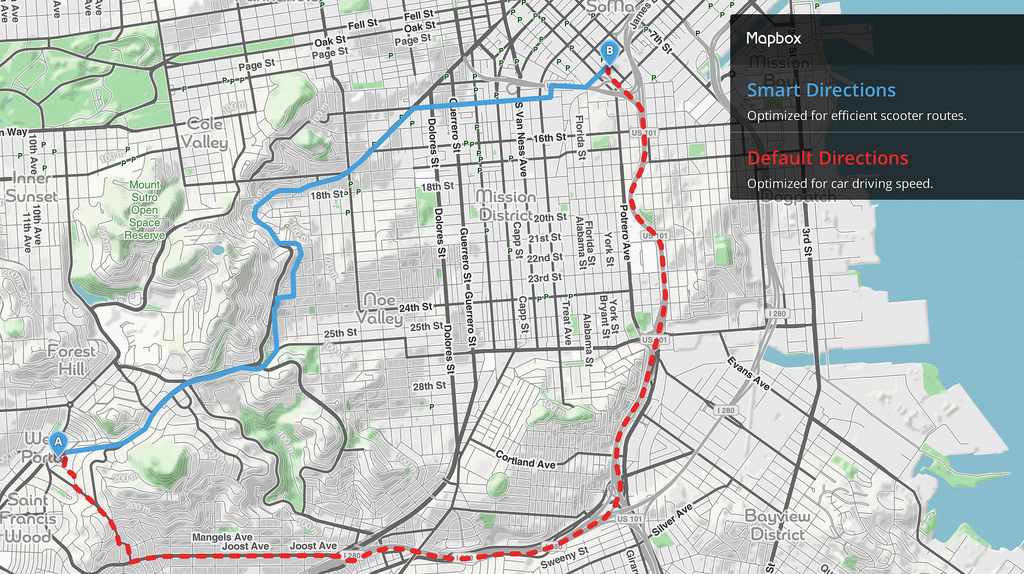
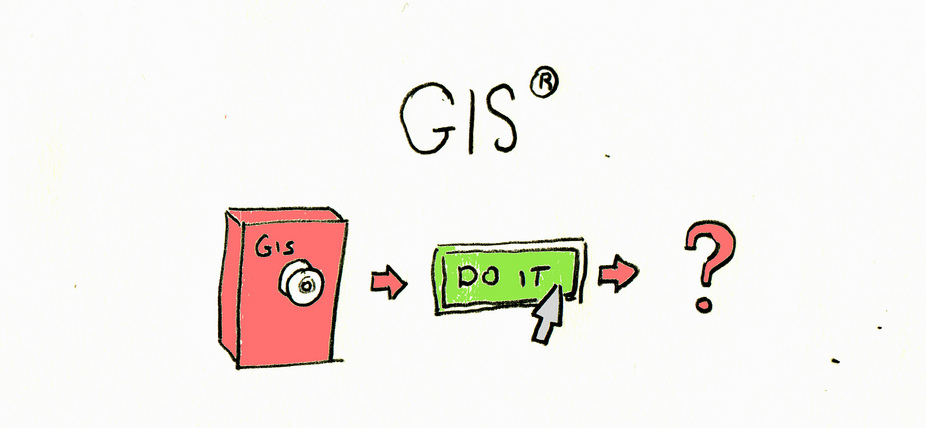
 slippy map
slippy map base layer + data/content/feature layers
base layer + data/content/feature layers

 topology!
topology!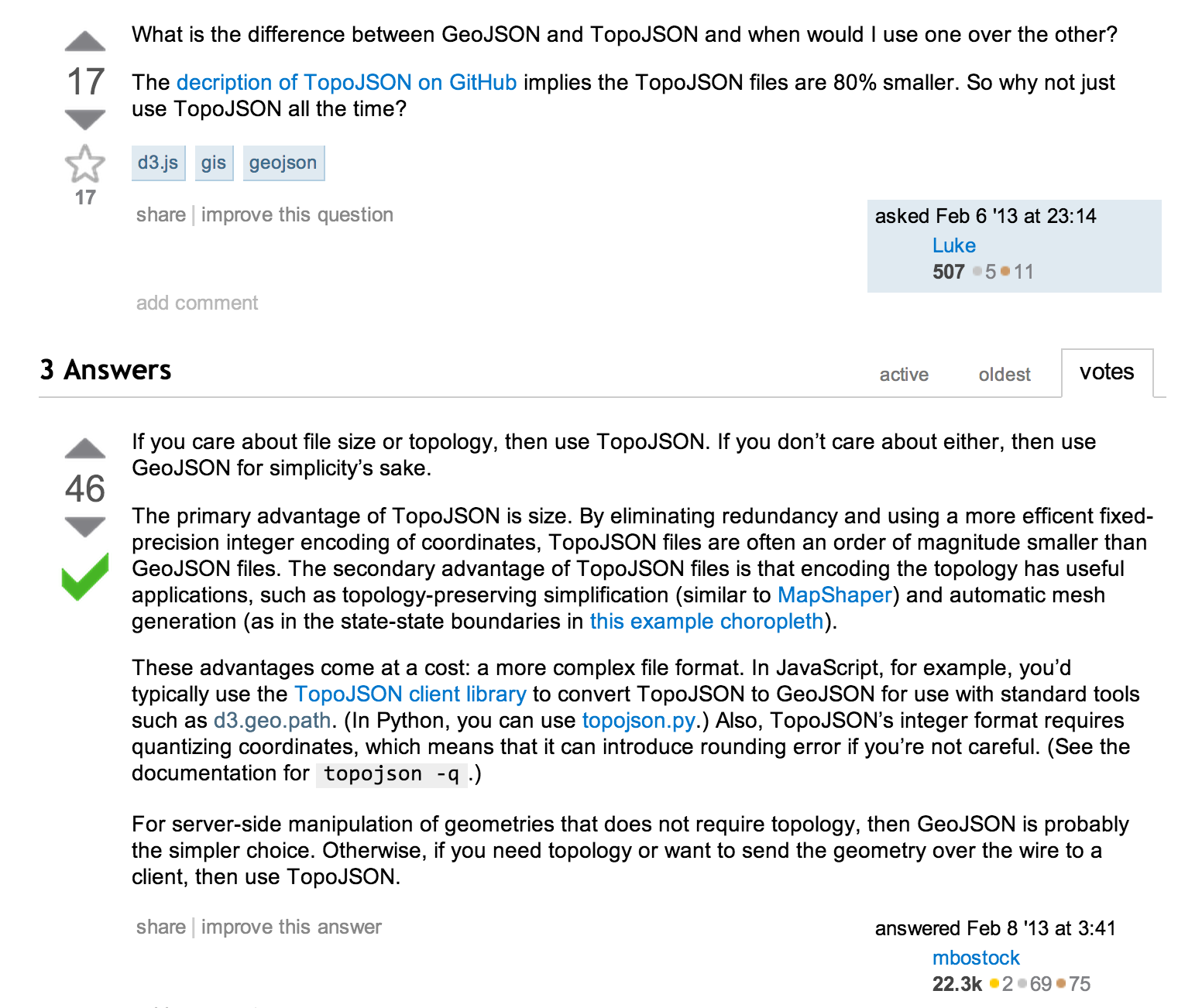

 Quick trip to Null Island
Quick trip to Null Island (0, 0)
(0, 0)


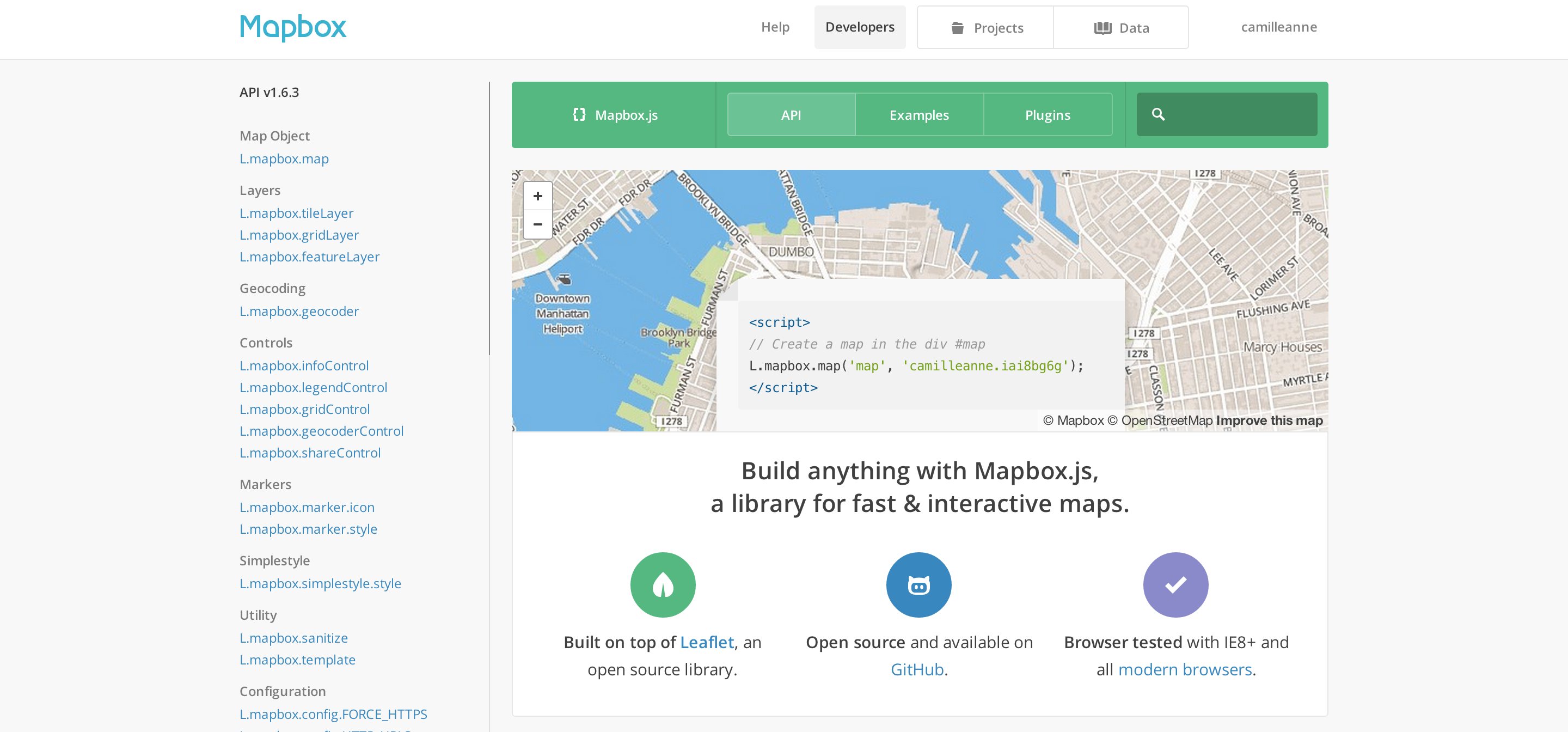

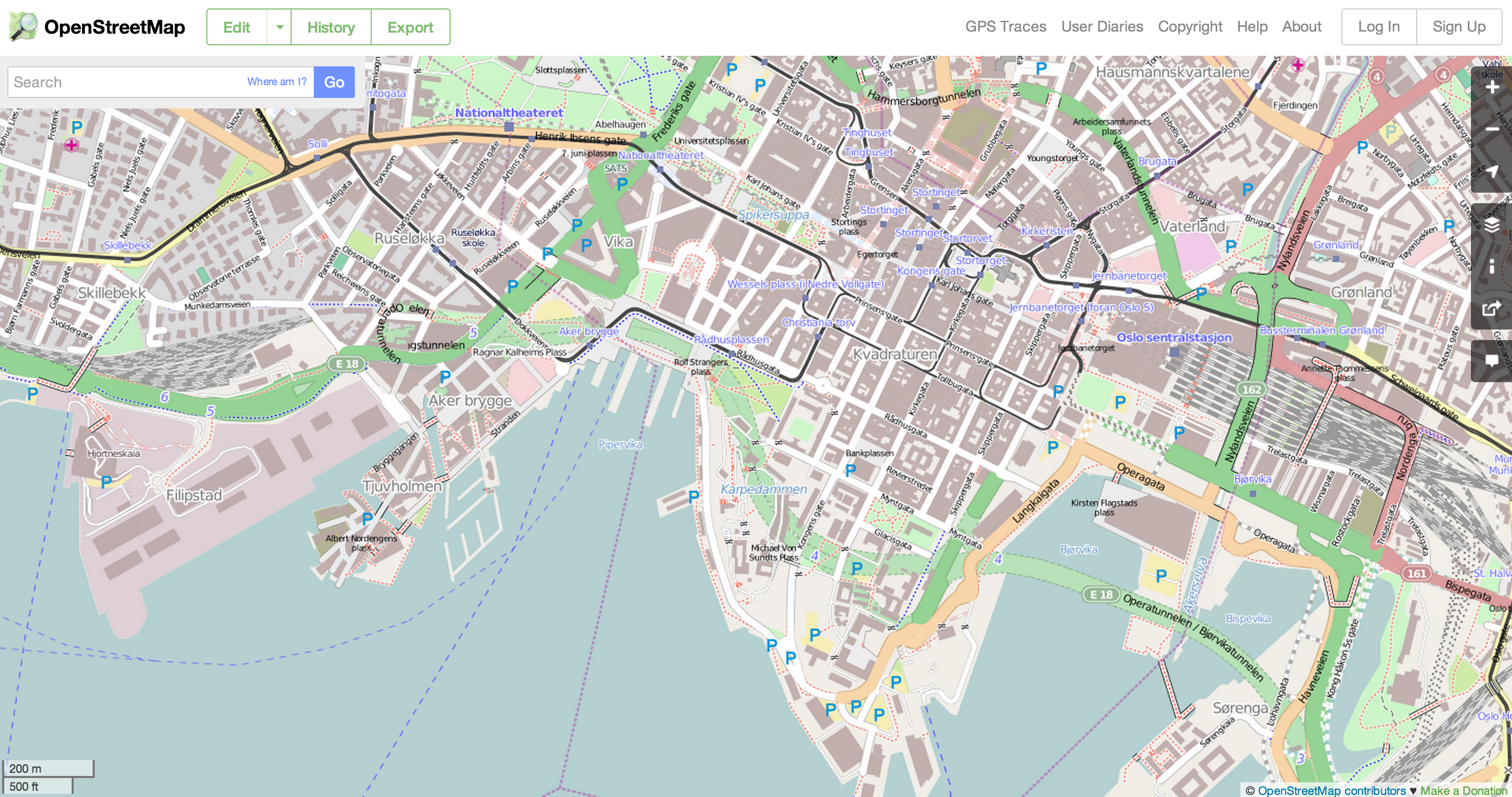
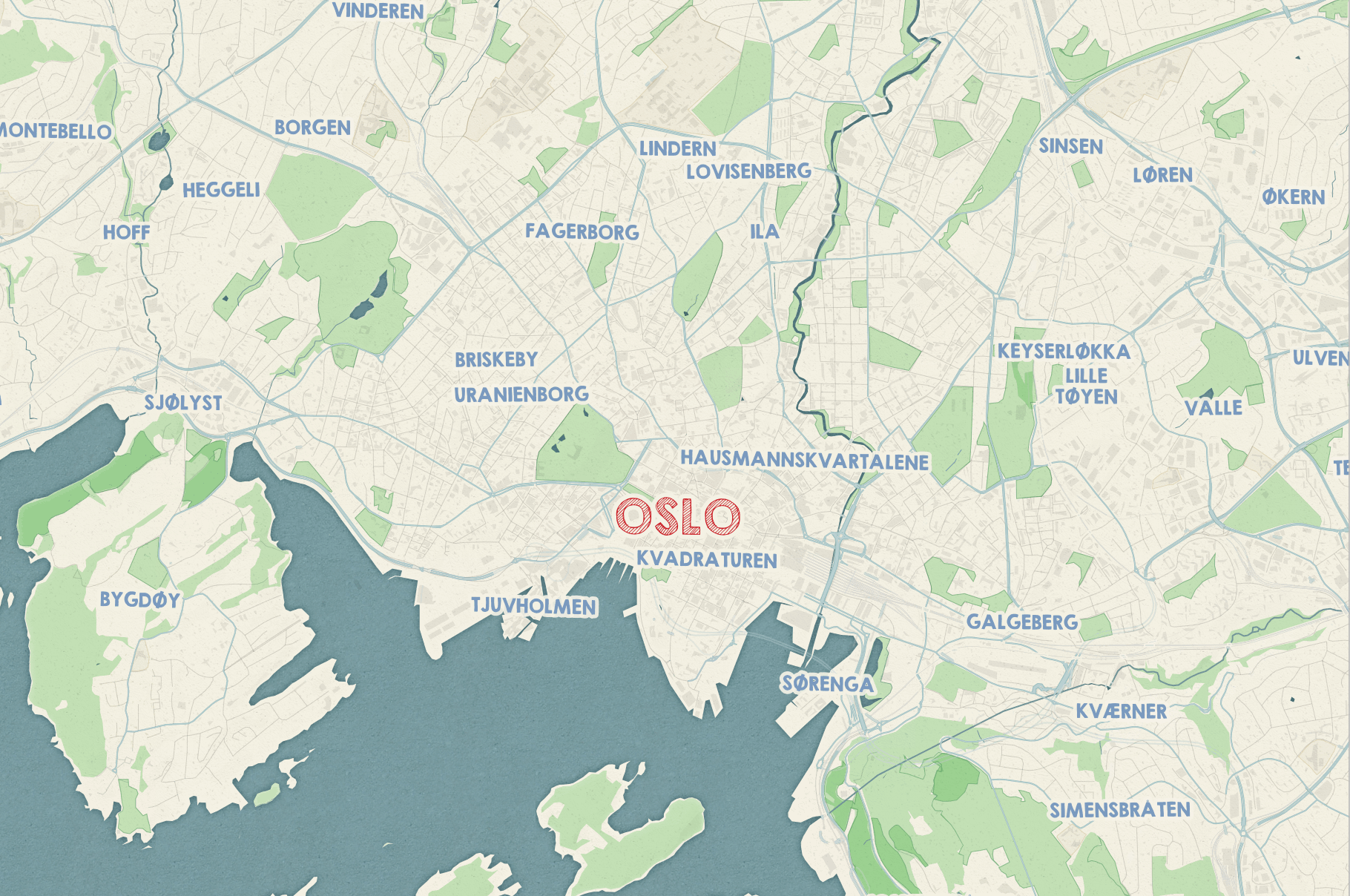
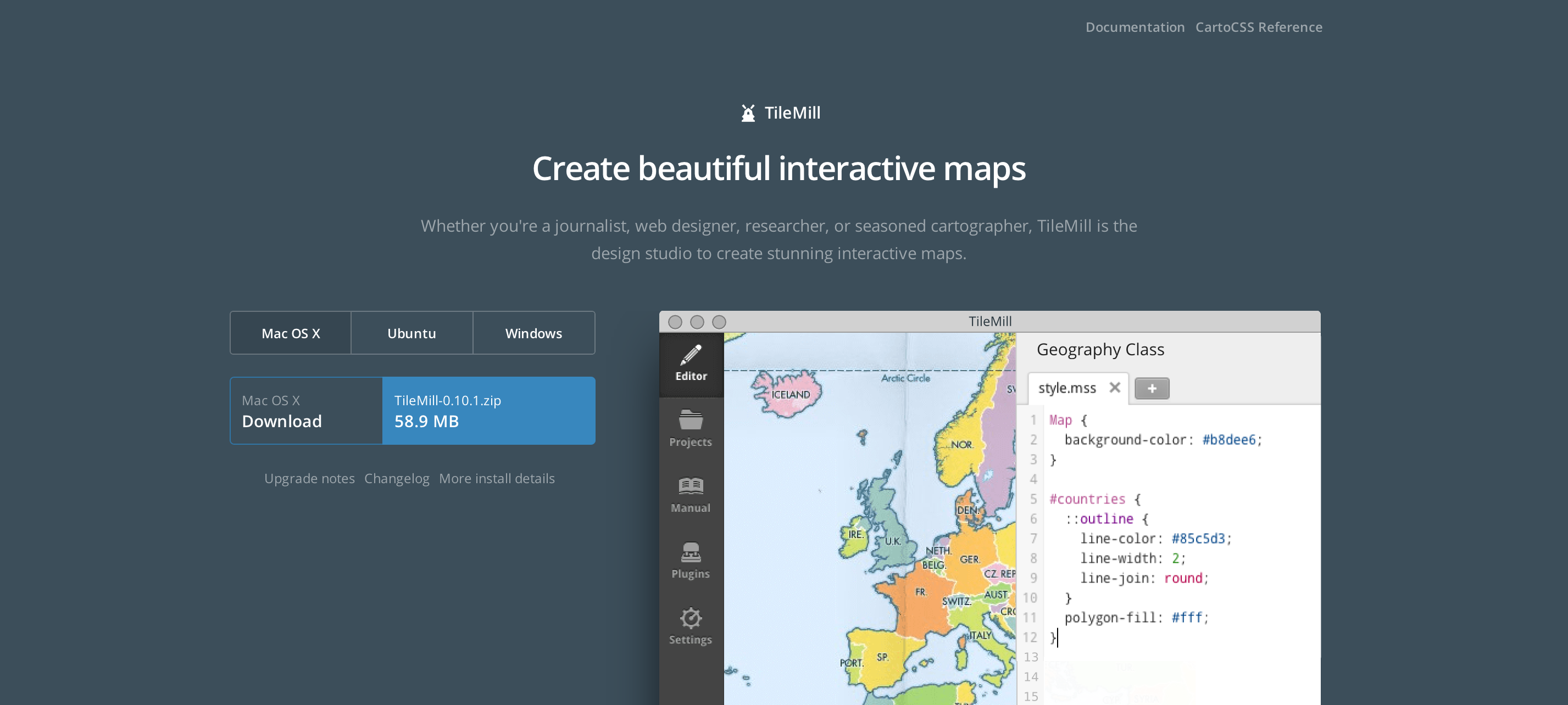

 the first web maps were pretty static
the first web maps were pretty static 






 for this party trick of 3D globe --> 2D squares, we need some math
for this party trick of 3D globe --> 2D squares, we need some math projections!
projections!
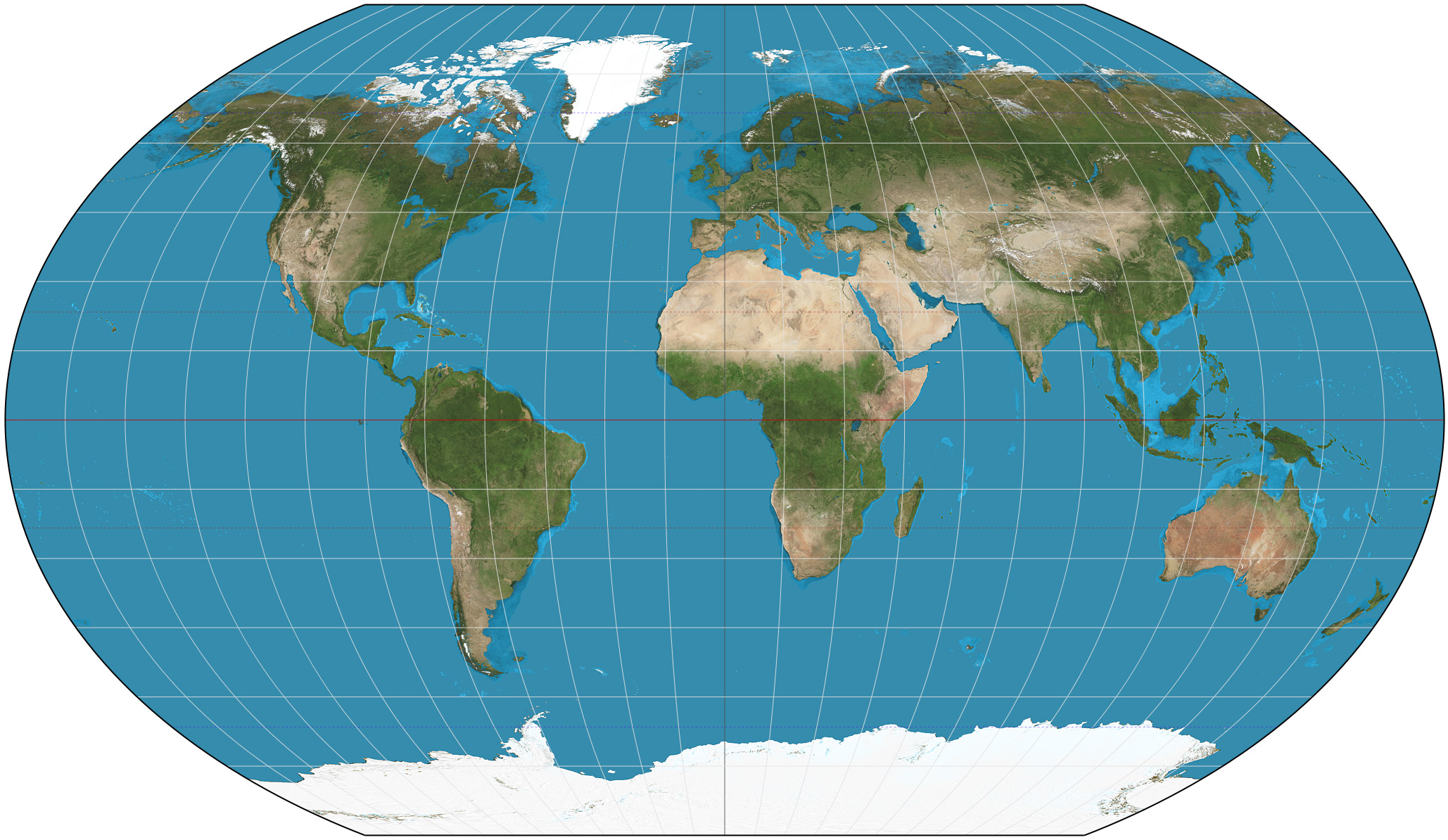
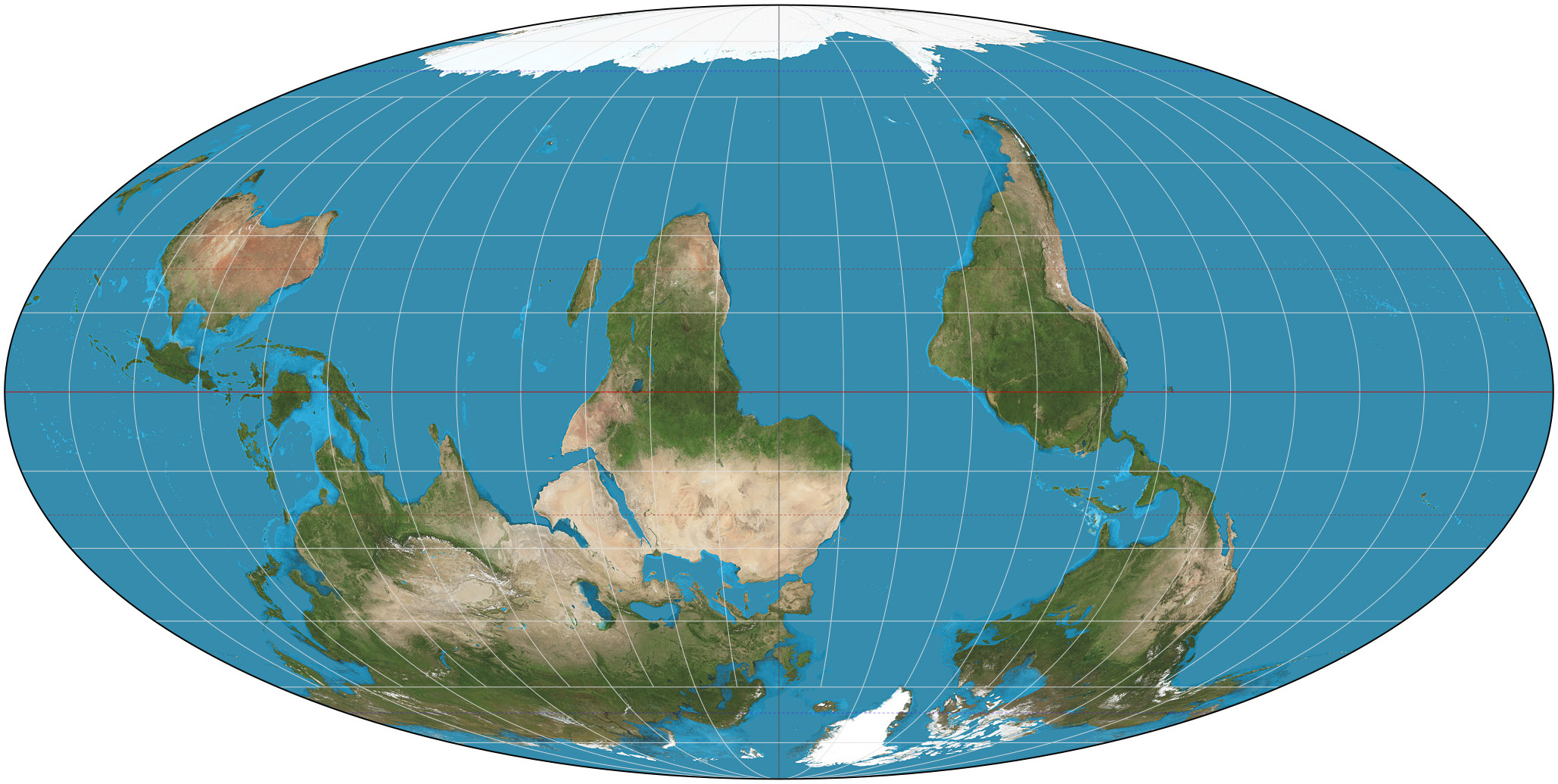
 web mercator.
web mercator.